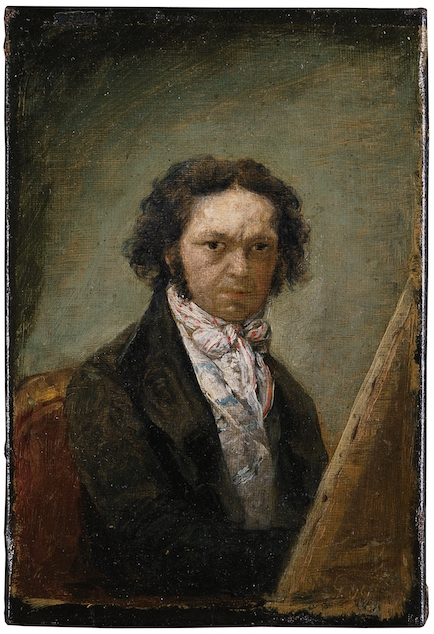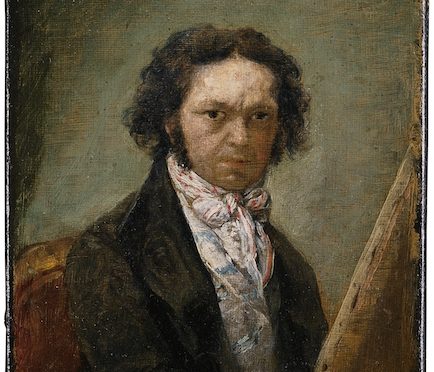Francisco de Goya y Lucientes is one of the most recognized and celebrated painters in the world. A romanticist, he is considered to be one of the greatest portraitists of his time. His paintings often depicted the reality and brutality that surrounded him, a darkness in his style that became particularly prevalent after a sickness left him deaf in 1793. His first surname, Goya, is clearly of Basque origin — the modern spelling is Goia and means “up” or “summit.” Goya is also one of my favorite painters of all time.

- Goya was born in 1746 in Fuendetodos, Aragon, though his parents were from Zaragoza, where they returned in 1749. His father, José Benito, was a gilder — someone who decorates surfaces by applying a thin layer of gold — while his grandfather was a notary, who could perform legal actions.
- Goya’s great-great grandfather, Domingo de Goya y Villamayor (originally Echeandia), was born in Zerain, in the heart of Gipuzkoa, in 1578, in the baserri Mantxolatxiki, which still stands. He was a master builder (maestro de obras) and moved to Aragon, first to Fuentes de Jiloca sometime before 1625 where he was commission to build the tower of the church, and then to Zaragoza where, ultimately, Goya’s father was born. Little is known about Domingo, other than he may have proven his nobility, by virtue of being Basque, in Valladolid in 1578. It seems that, when he moved to Aragon, he changed his maternal surname from Echeandia to Villamayor.
- Near Zerain, there is a mountain alternatively called Oa, Oamendi, or Arripillaeta which was known for its red sandstone with dark streaks. These stones were prized by stone masons, and it seems that Domingo may have learned his craft from visiting craftsmen. Several young villagers of Zerain became stone masons and craftsmen this way.
- Whether Goya himself was much aware of his Basque ancestry or not is not obvious. However, it seems that in 1792 he began the process to prove his “vizcainía,” or his Basque origins, with the goal of establishing his nobility and obtaining the privileges and rights it would provide to himself and his son. It seems he did not complete the process of proving his nobility. It’s also possible he was appealing to the nobility of his mother’s family, or both sides, when he made this request.
- However, Goya certainly included Basque elements into some of his paintings. For example, in his Portrait of the Marchioness of Santa Cruz, the lyre is decorated with a lauburu. He painted some twenty-five portraits of people with Basque origins, though many were important figures of the time and their Basque origins may have been irrelevant to him. He also painted a scene from a witches’ Sabbath, entitled El aquelarre, but that may have been a common phrase at the time and not revealing of any special connection to the Basques. In the end, whether Goya identified with his Basque ancestors is unclear.
Primary sources: Ascendientes vía paterna de Don Francisco de Goya y Lucientes; Labayru Fundazioa; Wikipedia; Museo Del Prado



One thought on “Basque Fact of the Week: Goya’s Basque Connection”